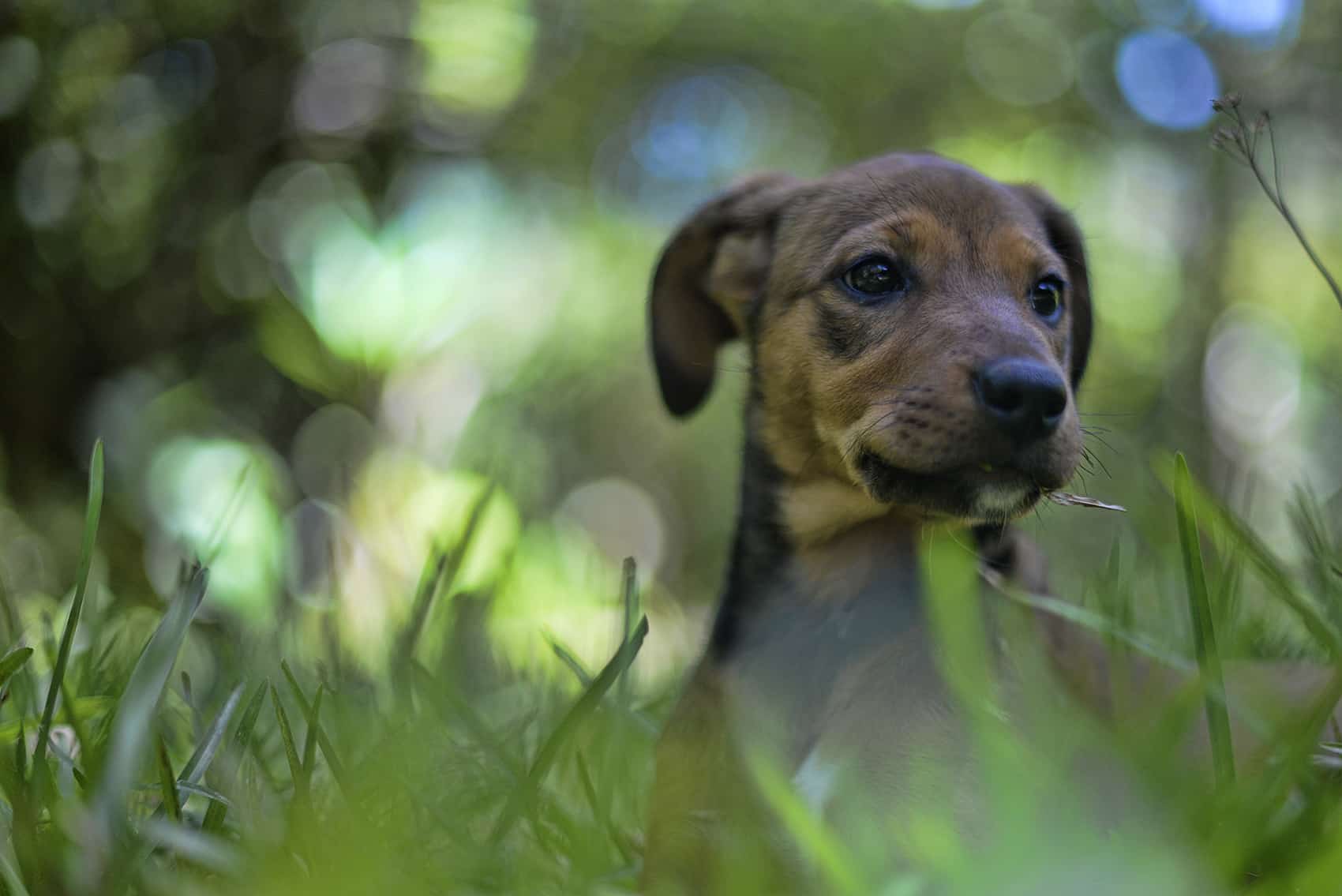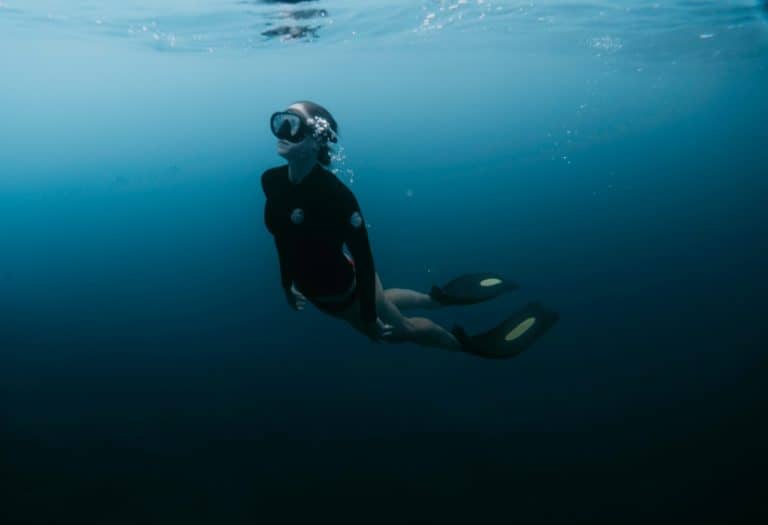WHETHER visitors are looking to get away from it all or do it all, Hotel La Finisterra at Playa Hermosa, in the northwestern province of Guancaste, can accommodate everyone.
With a small library, hammocks, breezy patio and numerous chairs around the pool for lounging, guests may find it hard to do anything but laze under the Guanacasteco sun.
However, for those interested in getting out and about, owner Sheila Hawke points out that the hotel is close to pretty much anything visitors may want to do. Ideal spots for sailing, surfing, fishing and more are all within a half-hour drive. Playa Hermosa, which has the Blue Flag certification for cleanliness and environmental standards, is just a short walk down the hill.
The hotel’s Web site links to a variety of tours and activities that Hawke often books for guests. She says making sure guests have an enjoyable stay is her top priority.
She estimates that she corresponds by email four to five times with each guest regarding what to do, see and bring.
“WHEN you’re small, you can really give people personalized service,” says Hawke. “People who come here really feel like we’re here to answer their questions and help them.”
La Finisterra is run by Hawke and her husband, George McGolrick. Originally from Vancouver, Canada, the couple fell in love with Costa Rica after coming on vacation. Seeing the opportunity to start their own hotel in Guanacaste, the couple, with their daughter Kelly, now 19, moved to Playa Hermosa, opening La Finisterra in 1998.
Perched high on a hilltop overlooking the sailboats anchored in the bay at Playa Hermosa, La Finisterra also offers guests breathtaking views and a breeze welcome in the area’s heat.
On the hotel’s lower level, classical, jazz and lounge music wafts from speakers around the rust-colored restaurant and patio. A number of indigenous-influenced stone sculptures by local artists dot the area.
UPSTAIRS, lining an open hallway, are La Finisterra’s 10 guest accommodations. The butter-colored rooms are spacious and well furnished, including a queen-size bed or two double beds, table and chairs, nightstand, bureau and armoire. Each room has a picture window that can be opened for a breeze and to better appreciate the panoramic views. Ceiling fans are also standard. While rooms do not have television or a telephone, the front desk phone is available to use and a cable television available is on the patio.
The Bistro, La Finisterra’s open-air restaurant and bar, is also a draw and generates a good deal of outside business as well. On a recent Saturday afternoon, half a dozen area residents stopped in to have a drink and catch up.
THE menu is influenced by several types of cuisine and changes regularly. Lunches tend to be lighter sandwich-andsalad fare. Dinners are more substantial. Greek salad, Thai curry and jumbo shrimp in garlic sauce are just a sampling of dishes.
The Bistro also features nightly pasta, entrée and seafood specials prepared by the hotel’s French chef, Jose Henry.
To Hawke, making sure customers get exactly what they want is important.
“There is nothing worse than going to a restaurant and ordering and being told, ‘Oh, we’re out of that,’” she says. “Here, if it’s on the menu, we have it.”
Being able to guarantee little things like that is just one of the many things Hawke feels is important and what makes running a quality business rewarding for her.
“It’s really gratifying when you can make people happy,” she says. The cost per night with taxes for two people during the high season is $70 and includes breakfast. For more information on Hotel La Finisterra, call 672-0293 or visit the updated Web site, www.finisterra. net.
GETTING THERE:
By Car: Take the
Inter-American Highwayto Liberia. In Liberia, turn left at the main intersection. Continue to Colonidad. Turn right, following the sign to Playa Hermosa/Playas del Coco. Continue on 17 kilometers. When the road divides, go right 6 km to Playa Hermosa. Turn left at the first entrance into Playa Hermosa. Go straight 800 meters and then follow the signs to Hotel La Finisterra. Driving time from San José is four hours.
By Plane: Delta, Continental and American fly into DanielObuderInternationalAirport in Liberia. Natureair (220-3054) and SANSA (221-9414) have regular flights from San José to Liberia. A taxi from the airport costs about $30. La Finisterra also offers shuttle service from the airport.
By Bus: Take the bus to Playas del Coco leaving from the Pulmitan bus station, Calle 24 between Av. 1/3. Buses leave at 8 a.m., 2 p.m. and 4 p.m. and cost ¢2,060 ($4.90.) From Playas del Coco, take a taxi to La Finisterra, which costs around $5.



